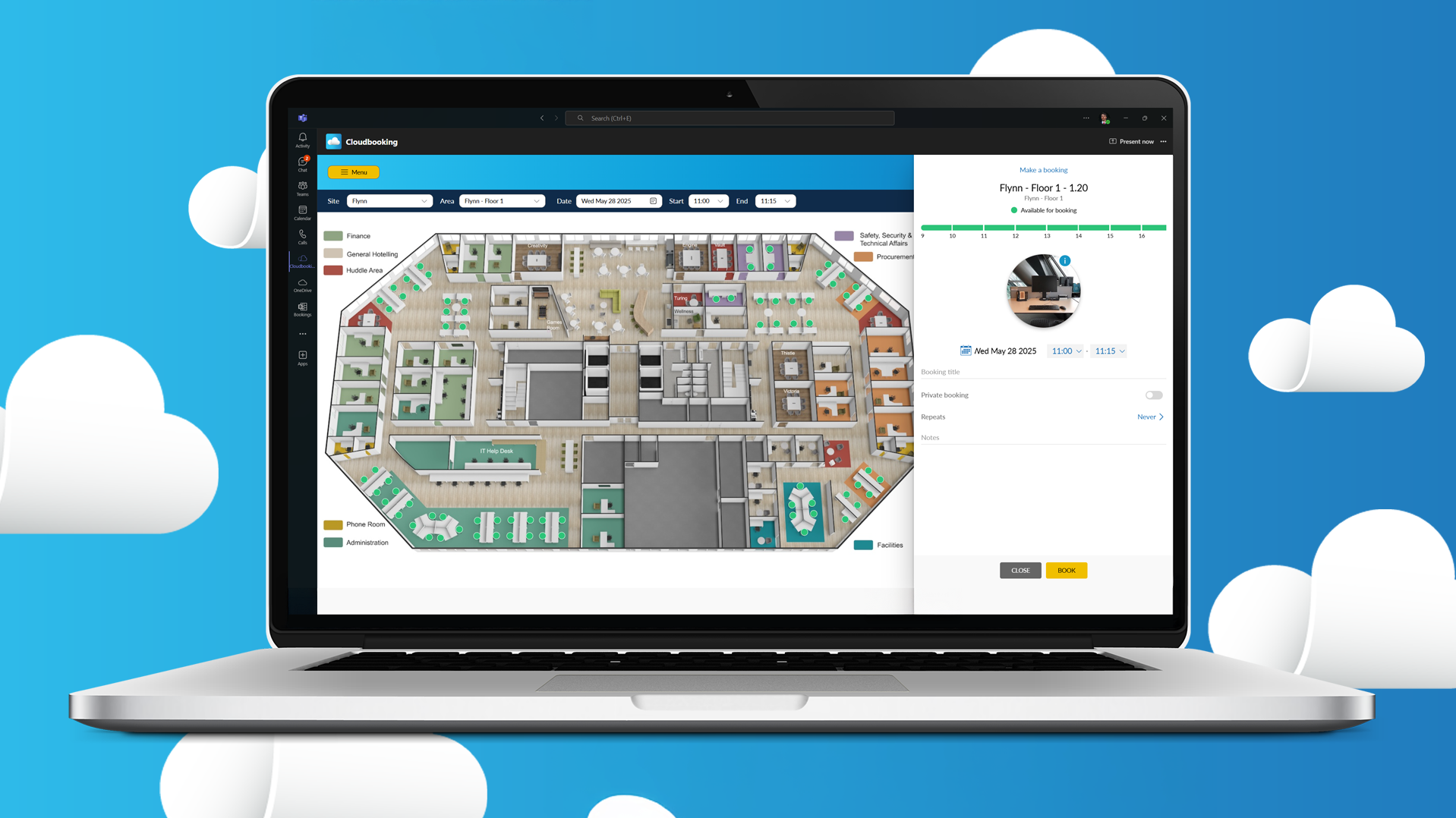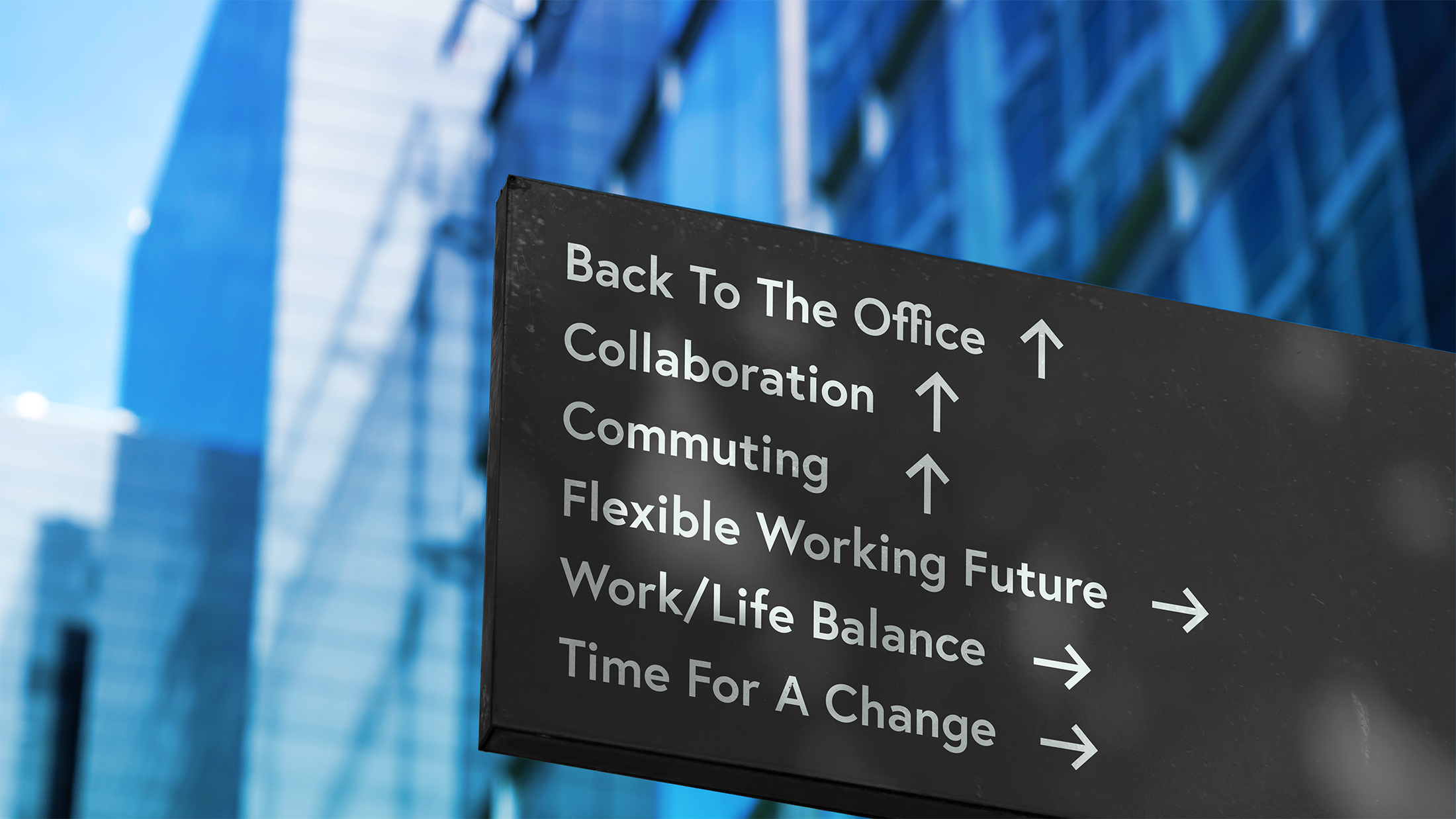
In today’s world, building a connected workspace is more important than ever. A connected workspace can help improve communication and collaboration among employees, leading to better productivity and innovation. There are several things you need to create a successfully connected workspace, including the right technology and furniture. Here’s a breakdown of the things you’ll need to get started.
The modern workplace has been transformed
The workplace has changed massively in the wake of the pandemic. We’ve seen a move towards more remote, flexible, agile, and hybrid working models, which has profoundly affected how we view the workplace. Gone are the days of going into the office every day and sitting at a desk from nine to five.
Now, we’re much more connected, and can work from anywhere in the world. This has huge implications for businesses, which need to have agile working environments and responsive to the needs of their employees. The key to success in this new world is flexibility. Businesses need to be flexible in how they operate, and employees need to be flexible in where they work.
We’re no longer tied to one place, and that’s a big change.
The new workplace is here to stay. But with more and more people working remotely, we must find ways to stay connected with our colleagues. The solution is to improve the ways that we connect in the workplace. By doing this, we can overcome the challenges of a disconnected workplace and build stronger, more connected teams.
What is a connected workplace?
At its most basic, a connected office is a workplace where everything is connected on a centralized platform. This includes anything from communication and collaboration tools to file sharing and storage. The connected office provides employees with everything they need to be productive, connected, and engaged.
Having all these tools in one place allows employees to easily stay connected with each other and the company. This helps create a more productive and efficient workplace. By being able to connect easily, employees can work together more effectively and share information more quickly.
The benefits of a connected workplace
There are many benefits to having a connected workplace. With so many advantages, it is no wonder that more and more companies are switching to this type of environment! Let’s look at the key advantages of a modern, connected workplace.
Cost-efficiency
A connected workplace is a cost-efficient way to run a business. By connected, we mean that all the workplace technology is integrated and connected so that staff can work together seamlessly and remotely. This level of connectedness helps businesses reduce running costs, save time, and increase productivity. Let’s take a closer look at how this works.
Firstly, connected workplaces are more energy efficient because all the technology works in harmony. This means that no energy wastage or idle devices are using up power, which is great for reducing your carbon footprint.
Secondly, connected workplaces help businesses save money on physical space because staff can work from anywhere. There is no need for big, expensive offices when everyone can connect online from their own homes or coworking spaces.
Finally, connected workplaces are more productive because staff can access the information and resources they need anywhere, anytime. This 24/7 accessibility leads to faster turnaround times and greater efficiency.
Ultimately, connected workplaces offer a range of cost-efficiencies that make them an attractive option for businesses of all sizes. By integrating all workplace technology and making it accessible remotely, businesses can gain a major advantage over less agile competitors.
Working from anywhere
A connected workplace is a game-changer for businesses and employees alike. With the ability to work from anywhere, businesses can tap into a global pool of talent and enable their employees to work from wherever they are most productive.
And because connected workplaces remove workflow roadblocks, employees can focus on their work instead of wasting time on administrative tasks or fighting with outdated technology. As a result, connected workplaces help businesses run more efficiently and allow employees to do their best work. It’s no wonder that connected workplaces are the future of work.
Transparency
When a workplace is more connected, it’s often more transparent. Employees feel more comfortable sharing information and ideas when they know there’s a quick and easy way to do so. Furthermore, connected workplaces often have better communication systems, making it easier for managers to give feedback and for employees to stay up-to-date on company news.
As a result, connected workplaces are often more productive and efficient, as well as more fun places to work. Plus, when everyone is on the same page, it’s easier to find solutions to problems. Put simply; connected workplaces are more transparent as communication is more open and accessible.
What do connected workplaces look like?
A connected workplace is one where technology facilitates communication and collaboration between employees. This can take many forms, from simple chat and video conferencing tools to more sophisticated workplace management solutions allowing real-time collaboration on documents and projects.
Connected workplaces often make use of activity-based working. These provide different areas for different activities, such as quiet zones for focused work or brainstorming and creative spaces.
These kinds of workplaces are also marked by a shift in managerial thinking, with a greater emphasis on company culture and employee wellbeing. This allows workers to feel more connected to their work and each other, promoting a sense of community within the workplace overall.
You can think of connected workspaces as smart offices that retain the human touch.
How to create a connected workplace
To create a connected workplace, employers need to focus on building a space where employees feel comfortable connecting. This can be done by using technology to facilitate communication, arranging seating so people can collaborate easily, and providing opportunities for team-building activities.
But those are surface changes. To create the right workspace, you need to be collaboration ready. Here are seven ways to create your connected workspace.
Be open and willing to learn about employees
In a connected workplace, one size does not fit all when it comes to the ways we work most productively. The more you know about how each member of your team works best, the easier it is to design a connected work culture and environment that benefits everyone.
Be open and transparent with employees, and take the time to get to know them and find out their preferred ways of working. This way, you can design a connected workspace that meets the needs of all employees and helps everyone to be more productive.
By taking the time to understand the individual needs of each employee, you can create a workspace that truly works for everyone.
Collaboration tools
This type of workplace is made possible by collaboration suites that offer integrations with a variety of applications. By integrating these applications, employees can easily access the tools they need to complete their work. These integrations help create a connected workflow, so employees can move seamlessly from one task to the next without switching applications.
As a result, collaboration suites that offer integrations are essential for creating a more connected working space.
Growth initiatives
Offering peer mentorship and leadership development initiatives can help create a more connected workplace where employees feel more valued and engaged. These programs can help improve communication and collaboration skills, build trust and mutual respect, and foster a sense of community.
In turn, this can lead to greater job satisfaction and loyalty, increased productivity, and improved business results. Furthermore, by investing in employee development, businesses can attract and retain top talent. By offering these programs, businesses can create a more connected workplace that benefits both employees and the bottom line.
Using communities of practice
One way to promote a connected workplace is through the use of communities of practice. A community of practice is when a group of experts share their knowledge and expertise to solve problems and improve their skills.
Communities of practice can be an advantage for businesses because they provide employees with expert feedback and support, and offer training sessions to help employees improve their skills. For example, a business might use a community of practice to offer regular sessions from the customer service team to the marketing team to help their marketers better understand the needs of customers.
By building a more connected workplace, businesses can ensure employees have the resources they need to succeed.
Create a code of practice
A connected workplace is built on dignity and respect for all employees. To ensure that everyone feels safe and respected, it is essential to establish a clear code of behavior. This code should explicitly state that all forms of bullying and harassment are unacceptable and will not be tolerated.
In addition, the code should outline the procedures for making a complaint if someone feels that they have been harassed or bullied. By clearly communicating expectations and providing a mechanism for addressing concerns, you can create a workplace where everyone feels respected and on the same team.
Information flow
A connected workplace relies on ensuring that information flows freely throughout the company. Employees should feel comfortable asking questions or offering feedback to those higher up, and management should be open to hearing suggestions from employees at all levels. This flow of information ensures everyone is on the same page and has a chance to contribute to the company’s success.
When information is flowing freely, it makes it easier for the company to identify problems and find solutions. That information flow helps to build trust and collaboration among employees too. So it’s essential for any company hoping to create a connected workplace to ensure clear and consistent information flow.
The social element
A connected work environment is a happy workplace. And one of the best ways to foster connection and happiness amongst employees is to schedule regular social events — events that are not work-related. This gives employees a chance to get to know each other on a personal level, forming bonds that extend beyond the workplace.
This makes for a more enjoyable work environment, and can also lead to increased productivity, as employees feel more connected to their colleagues.
You can also set up community groups based on interests that aren’t work-related – for example, popular TV shows. When a member of your team needs a break, they can jump into the group and share their thoughts on the latest episode. Again, this helps build relations and connections, and that’s good for building a connected workforce.
Connected workplaces — the future of the office, today.
While there are many benefits to a more connected workspace, it’s important to remember that not all workplaces need (or want) the same level of connectivity. It’s up to you and your team to decide what works best for you, but we hope this article has given you ideas on how to create a more connected workplace that helps you be more productive and collaborative.
Cloudbooking offers several features to improve your team’s connected workplace practices. We provide solutions that meet all needs and budget requirements.
Ready to take your business to the next level? Our team of experts is waiting to hear from you! Get in touch today for your free, no-obligation demo of our services.


